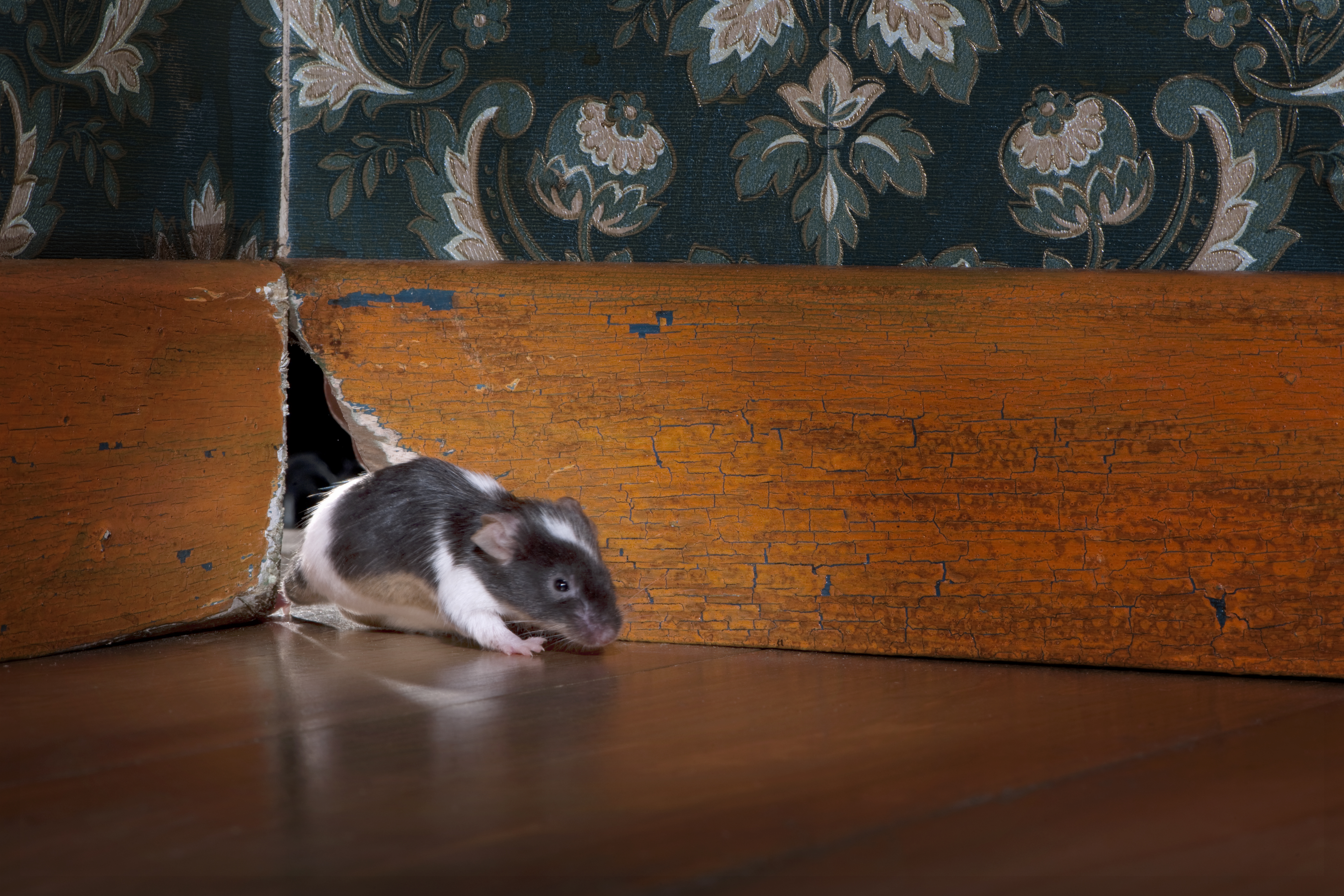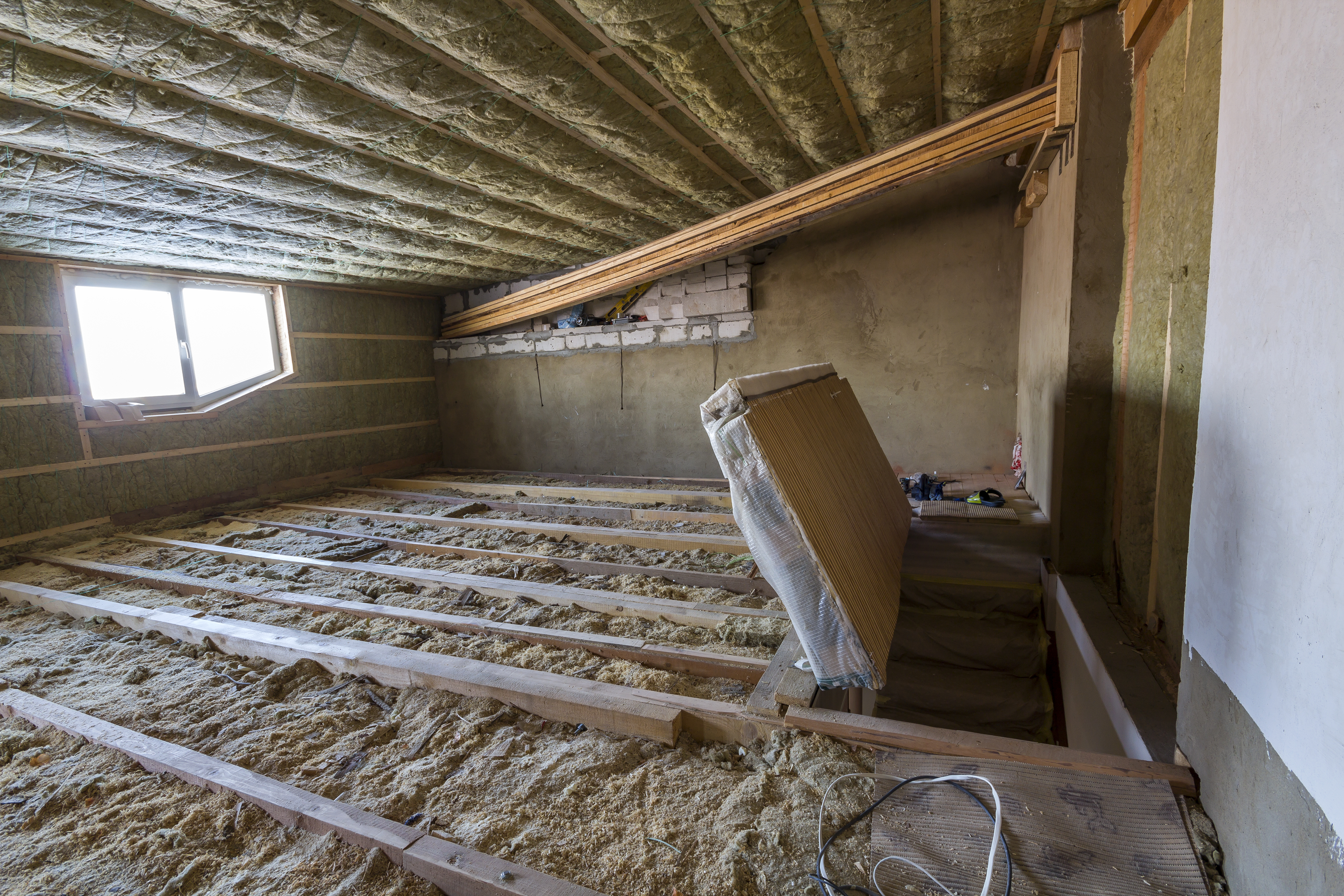11 Things You Need to Know About Preventing Hantavirus
Hantavirus, a name that sends shivers down the spine of many homeowners, is a viral infection primarily spread by rodents. This virus, although rare, can lead to severe respiratory problems and even death. Understanding and preventing hantavirus is crucial for anyone living in areas where rodents are prevalent. This article delves into 11 essential secrets every savvy homeowner must master to prevent hantavirus. Each section will guide you through a specific aspect of prevention, from understanding the virus itself to implementing practical measures to keep your home safe. By the end of this journey, you'll be equipped with the knowledge and tools necessary to protect your home and family from this potentially deadly virus.
1. Understanding Hantavirus Transmission

Knowing your enemy is the first step to defeating it. Hantavirus primarily spreads when people inhale airborne particles contaminated by the droppings, urine, or saliva of infected rodents – commonly deer mice, white-footed mice, and cotton rats. These rodents often seek food and shelter inside homes, sheds, or garages, leaving behind infectious traces. Disturbing these contaminated materials, perhaps through sweeping or vacuuming, can release the virus into the air. Understanding this airborne transmission route and recognizing environments that attract rodents allows homeowners to take targeted, proactive steps toward prevention.
2. Identifying High-Risk Areas in Your Home

Rodents prefer quiet, undisturbed areas, making certain spots in your home prime real estate for infestation and potential hantavirus exposure. Common hotspots include basements, attics, crawl spaces, garages, sheds, and cluttered storage areas where nesting materials and hiding places abound. Conduct a thorough inspection, looking for tell-tale signs like droppings, gnaw marks on wood or wiring, nests made of shredded paper or insulation, and tracks in dusty areas. Identifying these high-risk zones and understanding what attracts rodents to them enables you to take specific actions to fortify your home.
